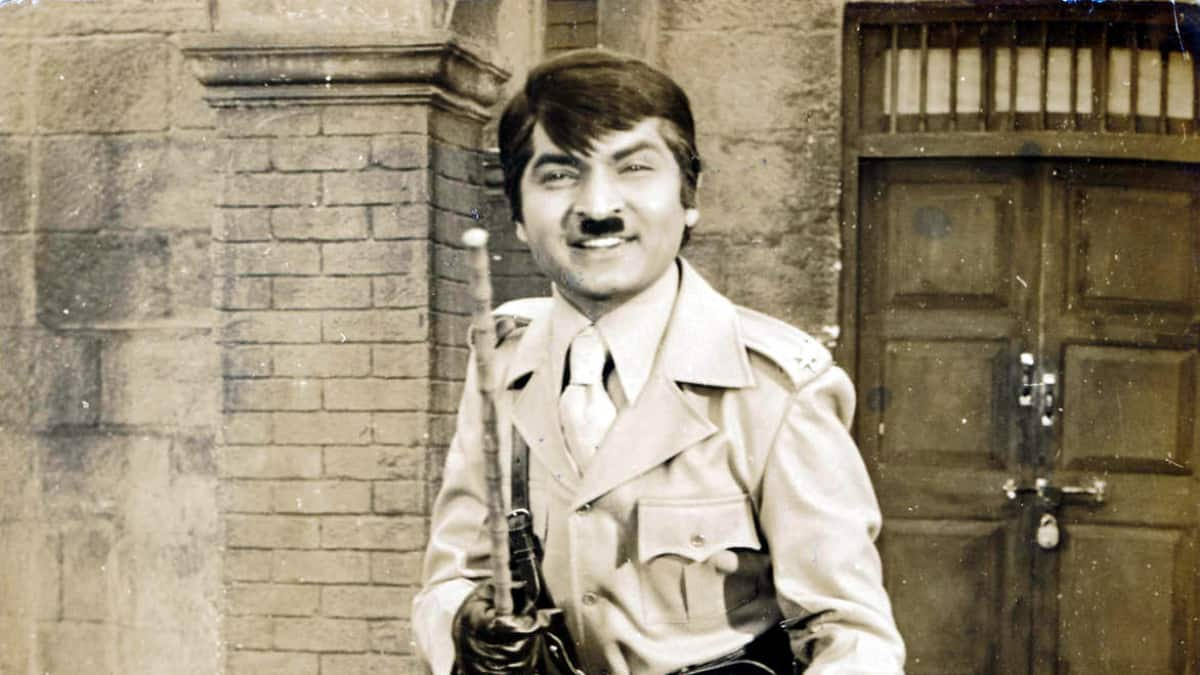The Peril of Overexposed Highlights: What is a Photo Blowout?
In photography, a blowout occurs when a highlight in an image is so overexposed that all detail in that area is permanently lost.

In photography, a blowout occurs when a highlight in an image is so overexposed that all detail in that area is permanently lost. Once a highlight is blown out, there's no way to recover the information.
Historically, different film types reacted differently to overexposure. Slide film (reversal film) was very susceptible to blowouts, so photographers would expose for the highlights to preserve detail in the brightest areas. Print film (negative film), however, was much more forgiving of overexposure, allowing photographers to expose for the shadows to capture as much detail as possible in the darker parts of the scene.
Digital cameras behave more like slide film than negative film in this regard. Blowing out highlights in a digital image is generally a worse mistake than underexposing shadows. While you can often recover some detail from an underexposed area (though it might introduce more noise), a blown-out highlight is essentially unrecoverable.
For example, an image might be "marred by blown-out highlights" on a subject's forearm and a nearby rock. This often happens when a scene has both deep shadows and bright direct sunlight, making it challenging to expose correctly for all areas.






















